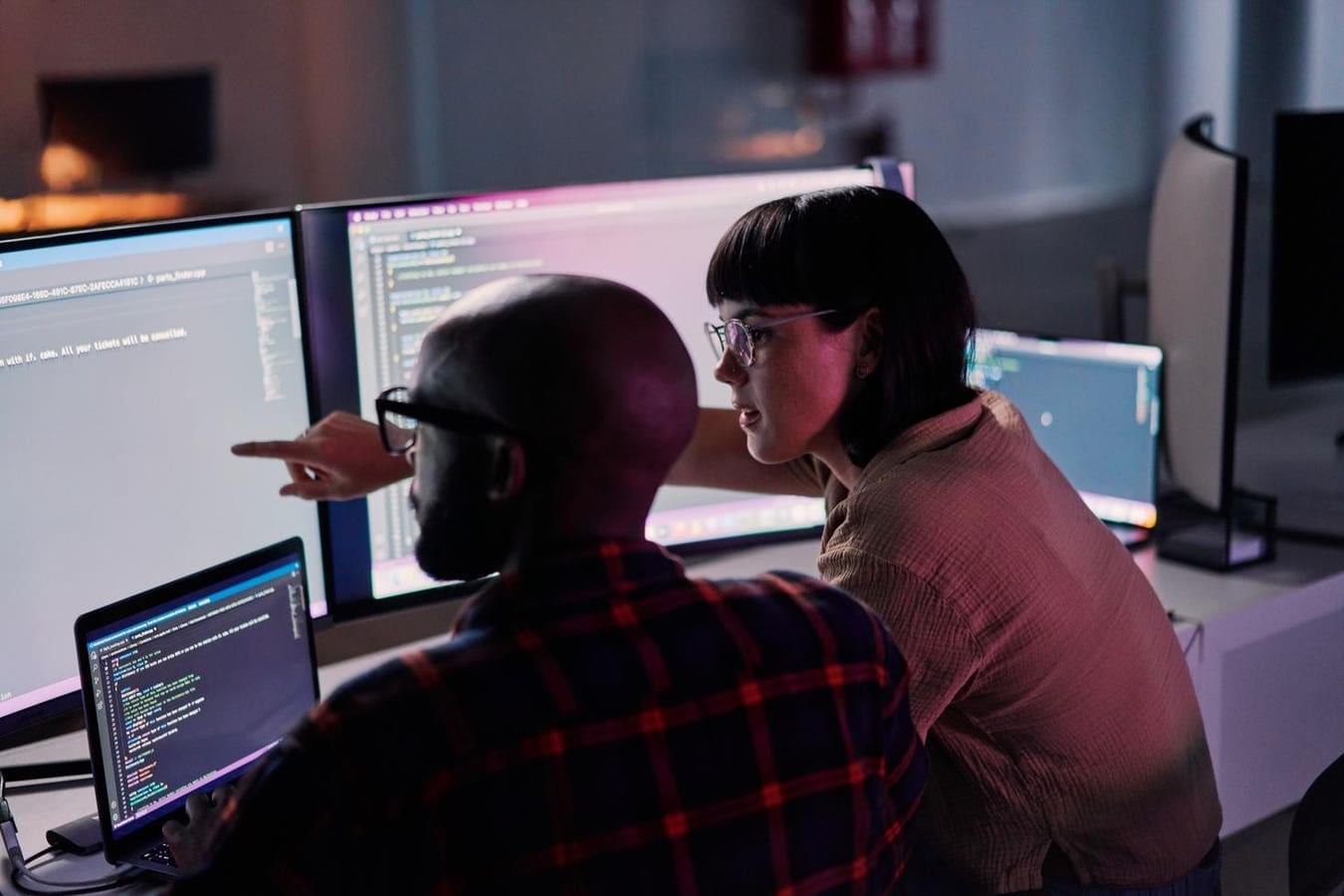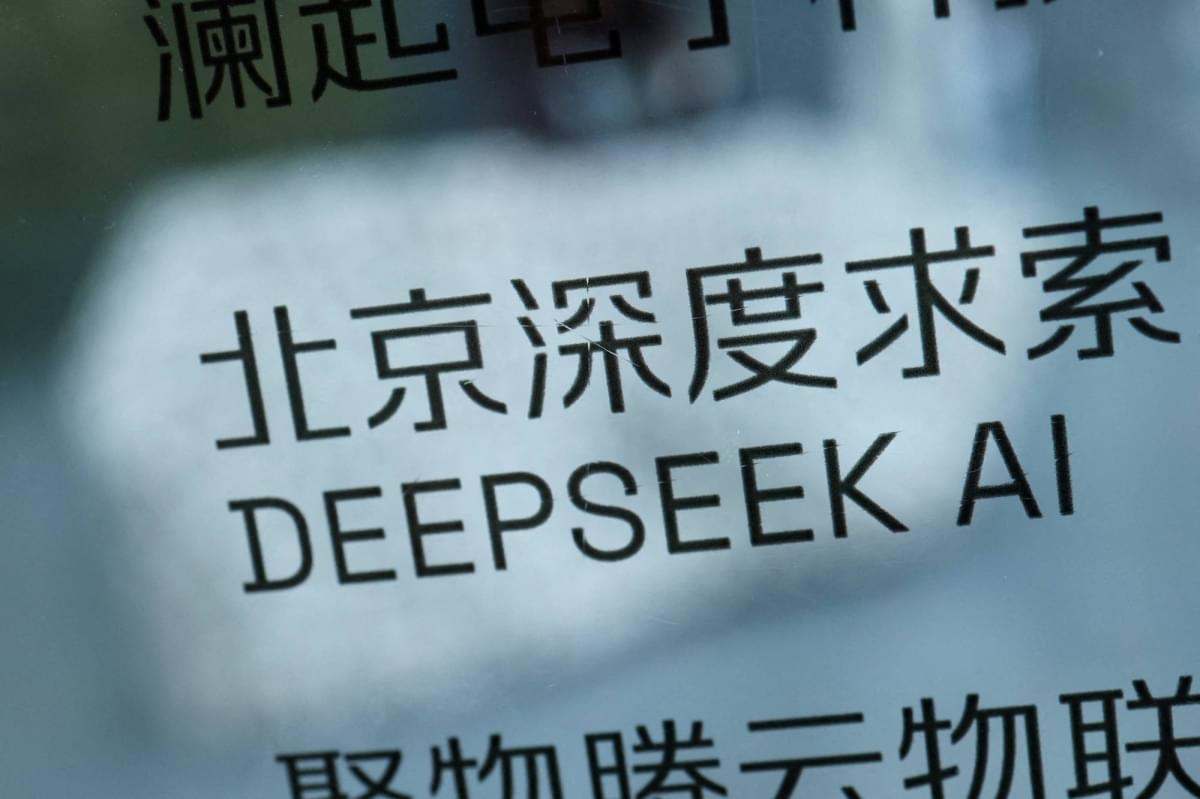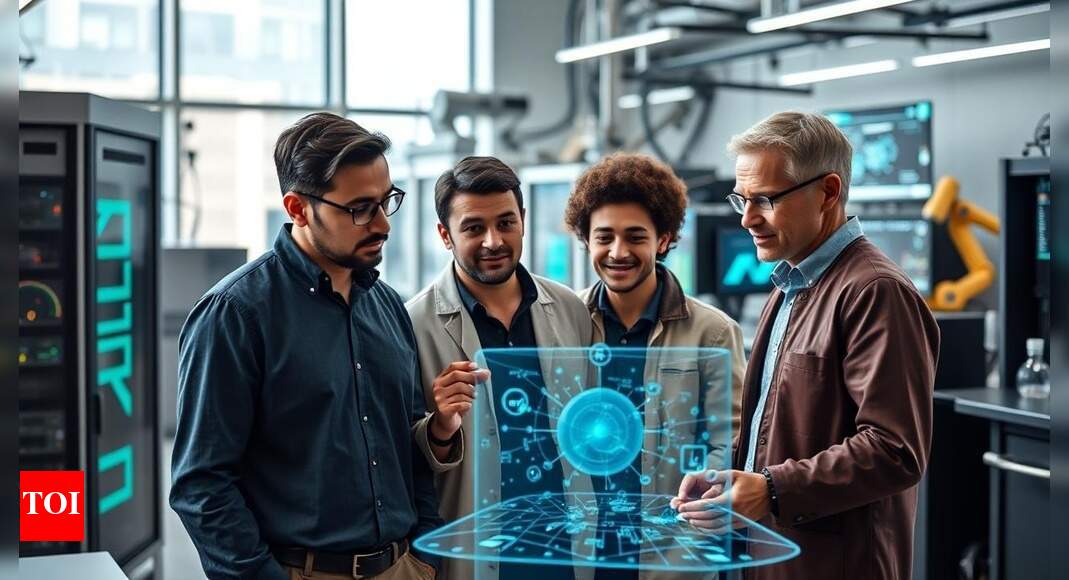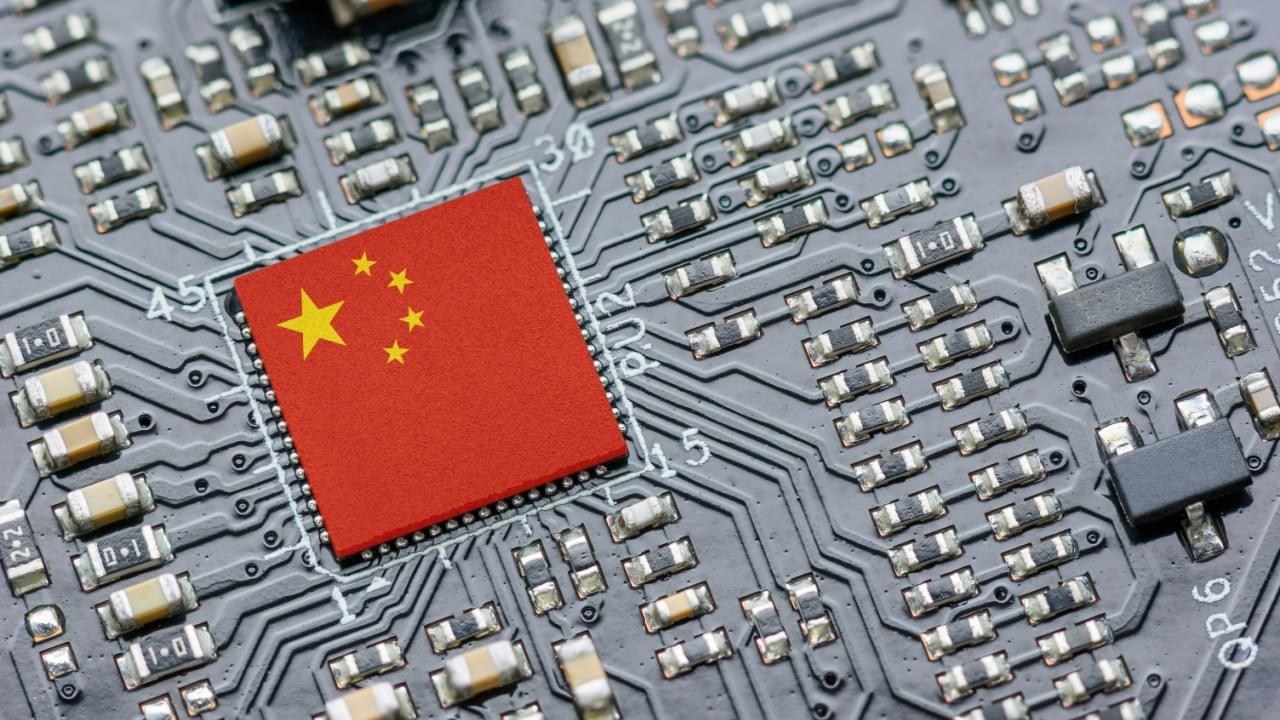Zoltan Istvan, a leading transhumanist, proposes a new economic model for the age of AI and robots.
Category: robotics/AI – Page 174
Silicon Valley investor Vinod Khosla predicts AI will replace 80% of jobs by 2030—and take much of the Fortune 500 with it
Tech entrepreneur and investor Vinod Khosla’s prediction of AI automating 80% of high-value jobs by 2030 coincides with a reckoning for Fortune 500 companies.


A ‘Sputnik’ moment in the global AI race
When Chinese AI startup DeepSeek unveiled the open-source large language model DeepSeek-R1 in January, many referred to it as the “AI Sputnik shock” — a reference to the monumental significance of the Soviet Union’s 1957 launch of the first satellite into orbit.
Much remains uncertain about DeepSeek’s LLM and its capabilities should not be overestimated — but its release nevertheless has sparked intense discussion about its superiority especially in terms of cost. DeepSeek claims that its model possesses reasoning abilities on par with or even superior to OpenAI’s leading models, with training costs at less than one-tenth of OpenAI’s — reportedly just $5.6 million — largely due to the use of NVIDIA’s lower-cost H800 GPUs rather than the more powerful H200 or H100 models.
Tech giants like Meta and Google have spent billions of dollars on high-performance GPUs to develop cutting-edge AI models. However, DeepSeek’s ability to produce a high-performance AI model at a significantly lower cost challenges the prevailing belief that computational power—determined by the number and quality of GPUs—is the primary driver of AI performance.

Degrees of intelligence: Where Meta’s top AGI scientists studied and why it matters
Meta’s Superintelligence Lab has assembled a world-class team of AI researchers from institutions like OpenAI, DeepMind, and Google. Their educational paths—often beginning in top universities in China or India and leading to elite Western institutions—reflect the global and interdisciplinary nature of AGI development. This article explores their academic journeys, highlighting how rigorous training in mathematics, computer science, and safety research underpins the next frontier of artificial intelligence.


A couple tried for 18 years to get pregnant. AI made it happen
After trying to conceive for 18 years, one couple is now pregnant with their first child thanks to the power of artificial intelligence.
The couple had undergone several rounds of in vitro fertilization, or IVF, visiting fertility centers around the world in the hopes of having a baby.
The IVF process involves removing a woman’s egg and combining it with sperm in a laboratory to create an embryo, which is then implanted in the womb.



AI predicts patients likely to die of sudden cardiac arrest
A new AI model is much better than doctors at identifying patients likely to experience cardiac arrest. The linchpin is the system’s ability to analyze long-underused heart imaging, alongside a full spectrum of medical records, to reveal previously hidden information about a patient’s heart health.
The work, led by Johns Hopkins University researchers, could save many lives and also spare many people unnecessary medical interventions, including the implantation of unneeded defibrillators.
“Currently, we have patients dying in the prime of their lives because they aren’t protected and others who are putting up with defibrillators for the rest of their lives with no benefit,” said senior author Natalia Trayanova, a researcher focused on using artificial intelligence in cardiology. “We have the ability to predict with very high accuracy whether a patient is at very high risk for sudden cardiac death or not.”